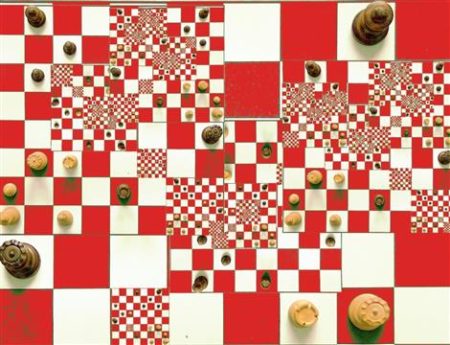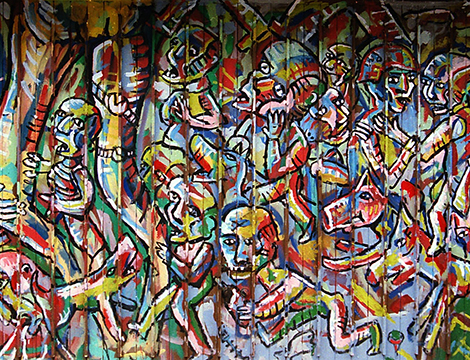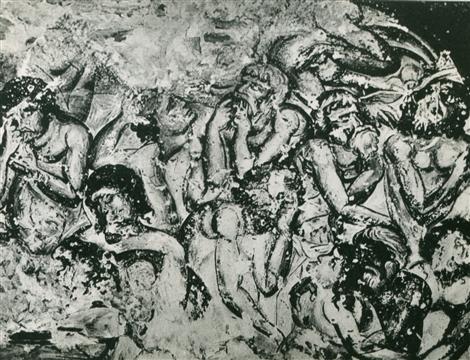
This article was originally published by YaleGlobal Online on 9 May 2017.
Russia has proposed de-escalation zones, and the international community should step up with an impartial partition plan for Syria
Syria was never a country whose 14 provinces and 8 main communities were voluntarily bonded together by secularism and tolerance. Not surprisingly the six-year civil war became violently sectarian and ethnic. At ceasefire talks on May 4 in Astana, Kazakhstan, Russia proposed four “de-escalation zones” with Iran, Turkey, and itself serving as guarantors. Yes, partition is necessary. But having three nations that greatly abet the strife serve as enforcers will not produce peace. An impartial plan must be formulated and implemented.
Since 1971, under father Hafez al-Assad and son Basher, Syria has been ruled by Alawites comprising 13 percent of the population. Through oppressive rule, they and their Shiite partners engendered among Sunnis, 74 percent of the population, a desire to extract retribution. Christians, Druze, Jews and Yezidis found a degree of security by bending to the Alawite leadership’s wishes, but thereby came to be seen as complicit. After the civil war broke out in March 2011, the Syrian president’s security agents increased imprisonment, torture and execution of dissidents. His air force launched barrel and hose bombs and chemical attacks on civilians.




